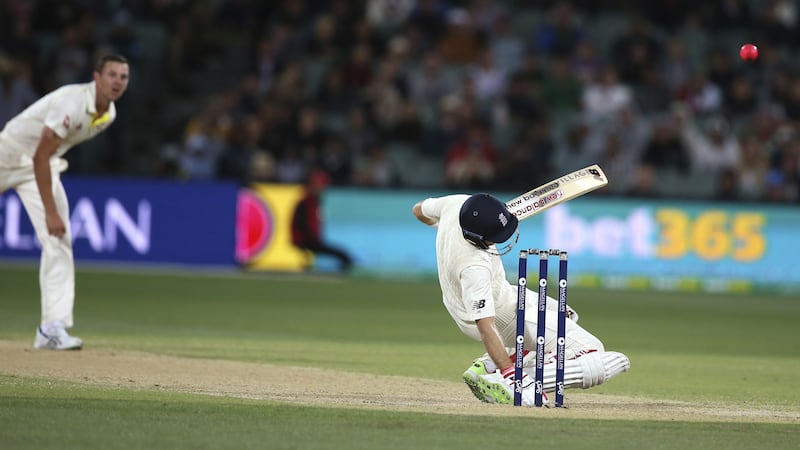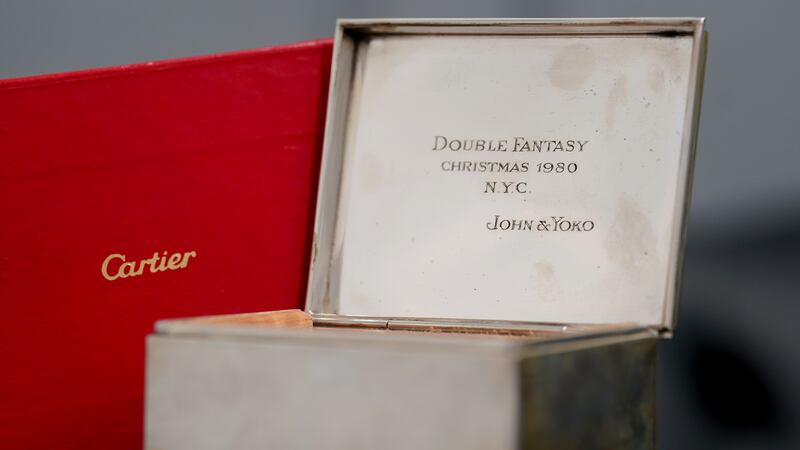As England head to Perth on a mission to stay in the Ashes, much of any talk that isn’t taken up with the tourists’ bar-room antics focuses on the state of the pitch.
The Waca is famous for its pace and bounce, traditional characteristics of Australian surfaces which were notably dulled for the first Test in Brisbane.
Perth itself, which is renowned as the fastest pitch of them all, has offered up some dead surfaces in recent years but Waca groundsman Matt Page has suggested it could be a pacy one for the third Test.
That will not be music to the ears of England’s batsmen who, even on slower pitches, have struggled to deal with the short stuff served up by Mitchell Starc, Pat Cummins and Josh Hazlewood, contributing a 2-0 deficit with three to play.
Why are Australian pitches different to English surfaces and what should the tourists expect in Perth?
The major difference between English and Australian pitches is the clay content of the soil, according to Alex Vickers, a technical consultant at the Institute of Groundsmanship.
“In England our typical clay content is maybe 30-35% whereas in Australia it’s probably closer to being 40% at a minimum,” he said.
A high clay content makes soil stronger and therefore bouncier, especially when it is very dry.
“One of the components of soil strength is cohesion, which is basically where you get the same thing sticking to the same thing,” Vickers said.
“In soil, cohesion is dominated by the water content; the wetter the soil, the less cohesion there is, which means the soil is weaker.”

The hot sun regularly beating down on the Australian clay soil dries it out, creating more cohesion and a strong, bouncy pitch.
Vickers said: “As you dry it out, the forces (holding the clay particles together) become ridiculous – that’s what makes a clay soil in a cricket pitch so much harder.”
This also makes for a pacier pitch as the ball spends less time in contact with the pitch, which therefore absorbs less of the energy put into the delivery by the bowler.
Chris Wood, the ECB’s pitches consultant, added: “Pace comes from the least resistance of friction off the surface of the pitch and off the ball.
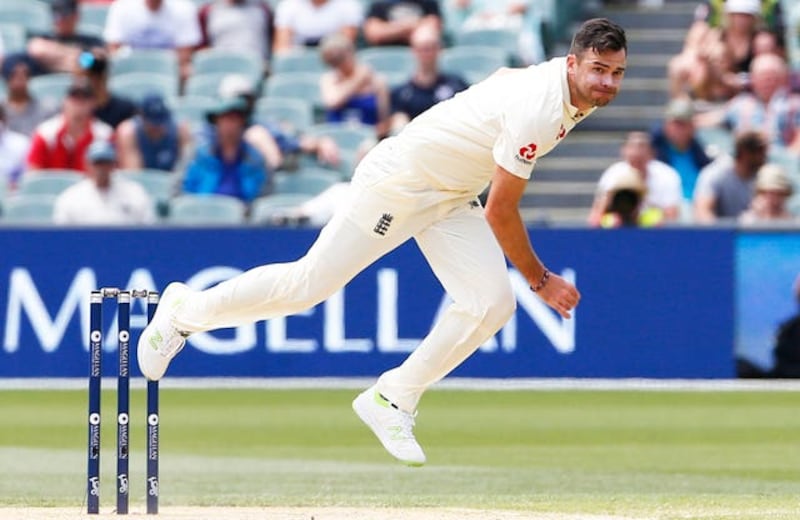
“That’s why when the ball is new and polished it comes off the surface with more pace and carry.”
That’s why the pitches produced in Australia are perfect for the development of genuine pace bowlers while English conditions, which tend to take the edge off pure speed, throw up seamers and swing bowlers.
“Our pitches have a lower clay content,” said Vickers. “So they can only dry and get stronger to a certain point, because there’s only around 30% clay in the soil.
“We don’t put more clay into our pitches because we’d be worried about not being able to get them dry enough.”
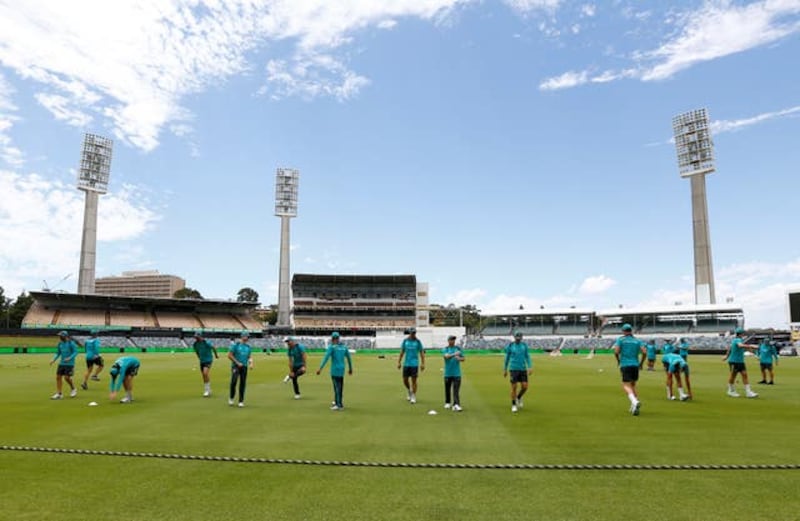
England have worn a few deliveries this series, but things have not been as hostile as the last time they were in Oz.
While that’s partly down to the absence of the retired Mitchell Johnson, the weather has also been a factor, particularly for the Brisbane pitch.
“It’s to do with moisture,” said Vickers. “The reports that I heard were that they’d had bad weather beforehand and not had time to dry it out.”
While England’s pitches are low in clay content and dry relatively quickly, Australia’s high clay content pitches require sunshine and heat to dry out – if they don’t get those things, as they didn’t at the Gabba, problems arise.
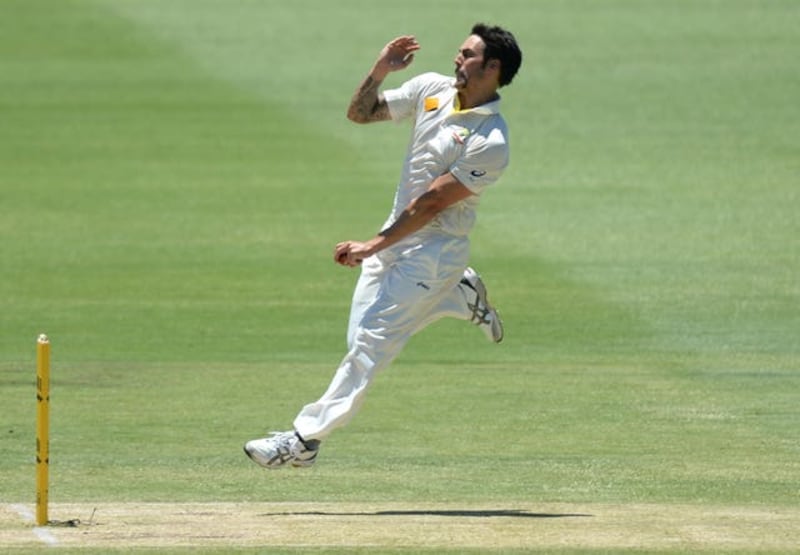
So will the fearsome Waca pitch be back to its pacy best when England visit later this week?
“It will depend on what the preceding weather has been,” said Vickers. “If it’s been wet and cold, it might be a little slower than they expect.”
But if England are looking for clues in the weather, it won’t be easy – Perth has seen its share of rain, cloud and baking sun over the last 10 days.
So, they may not truly know what to expect until the first ball is bowled.
